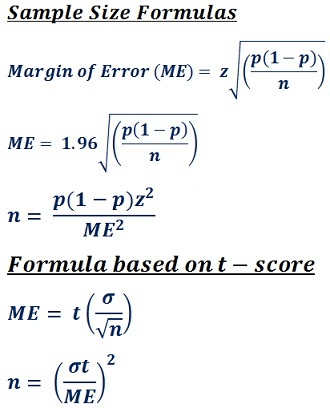Question 1 (a)
Estimation for median

Question 1 (c)

Mean, Median, and Skew

Question 1 (a)

Question 3 (a)
Pay attention to the notation

Question 3 (b)

Binomial distribution



Question 3 (c)

Question 4 (b)
Conditions for a chi-square inference procedure

Question 4 (d)

Type I error and Type II error

Question 5 (a)
Conditions for one-proportion Z interval

Calculation for one-proportion Z interval


Interpretation for one-proportion Z interval

Question 5 (b)


Calculating Required Sample Size to Estimate Population Mean


Question 6 (b)


Question 6 (c)
Describe distribution: Mean & Standard deviation

Question 6 (d)

Confidence interval

Question 6 (e)

Question 6 (f)
